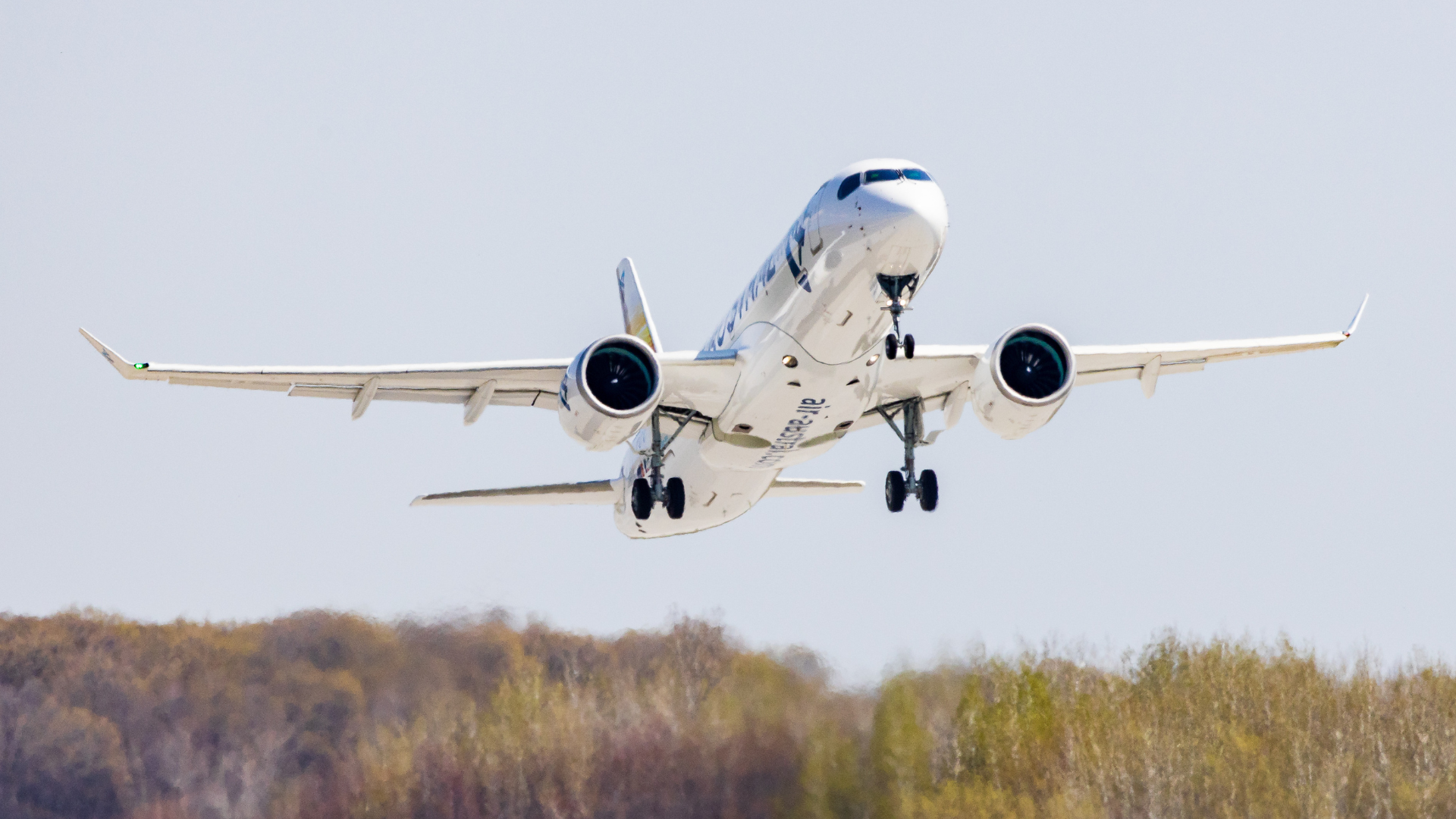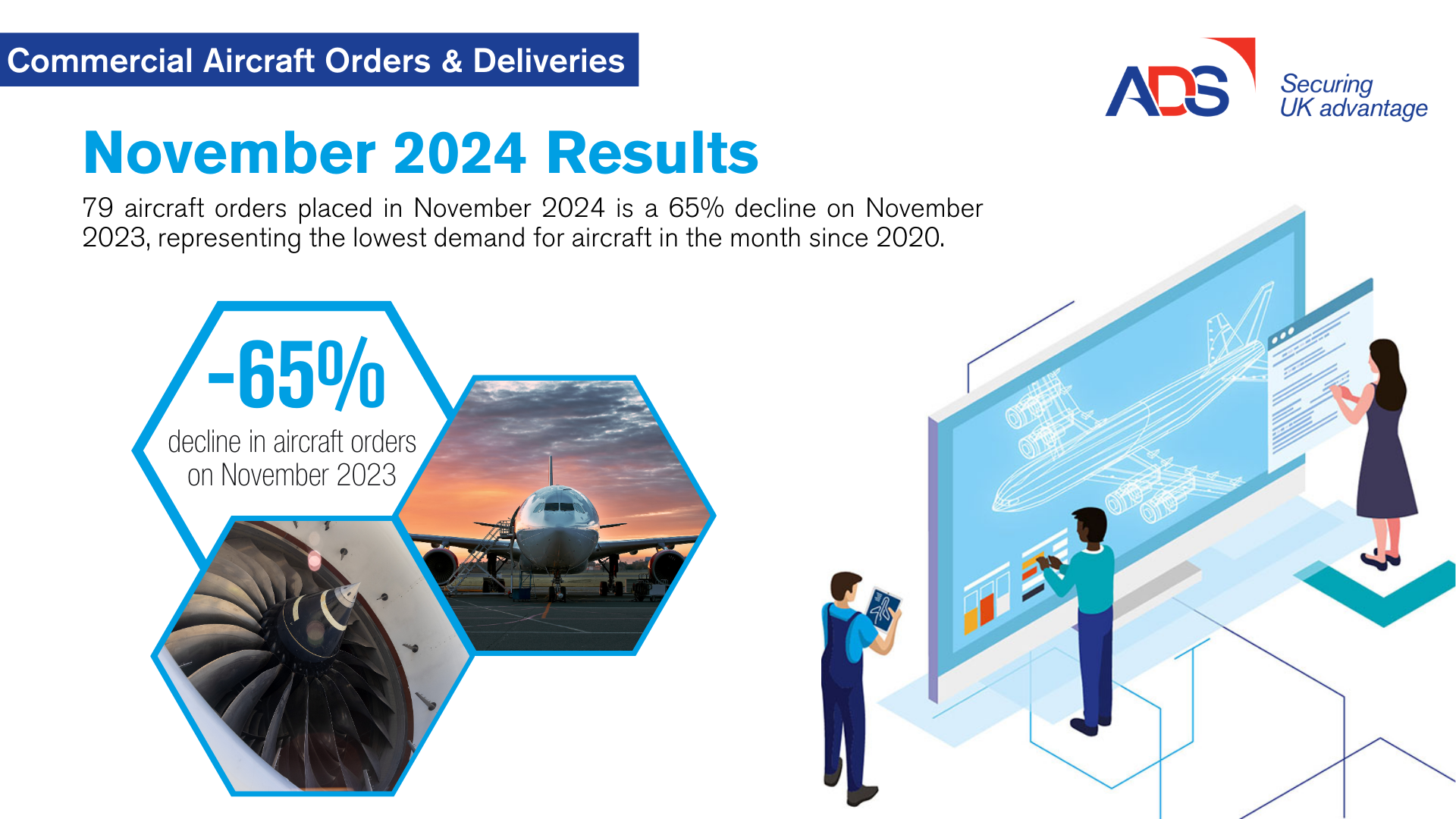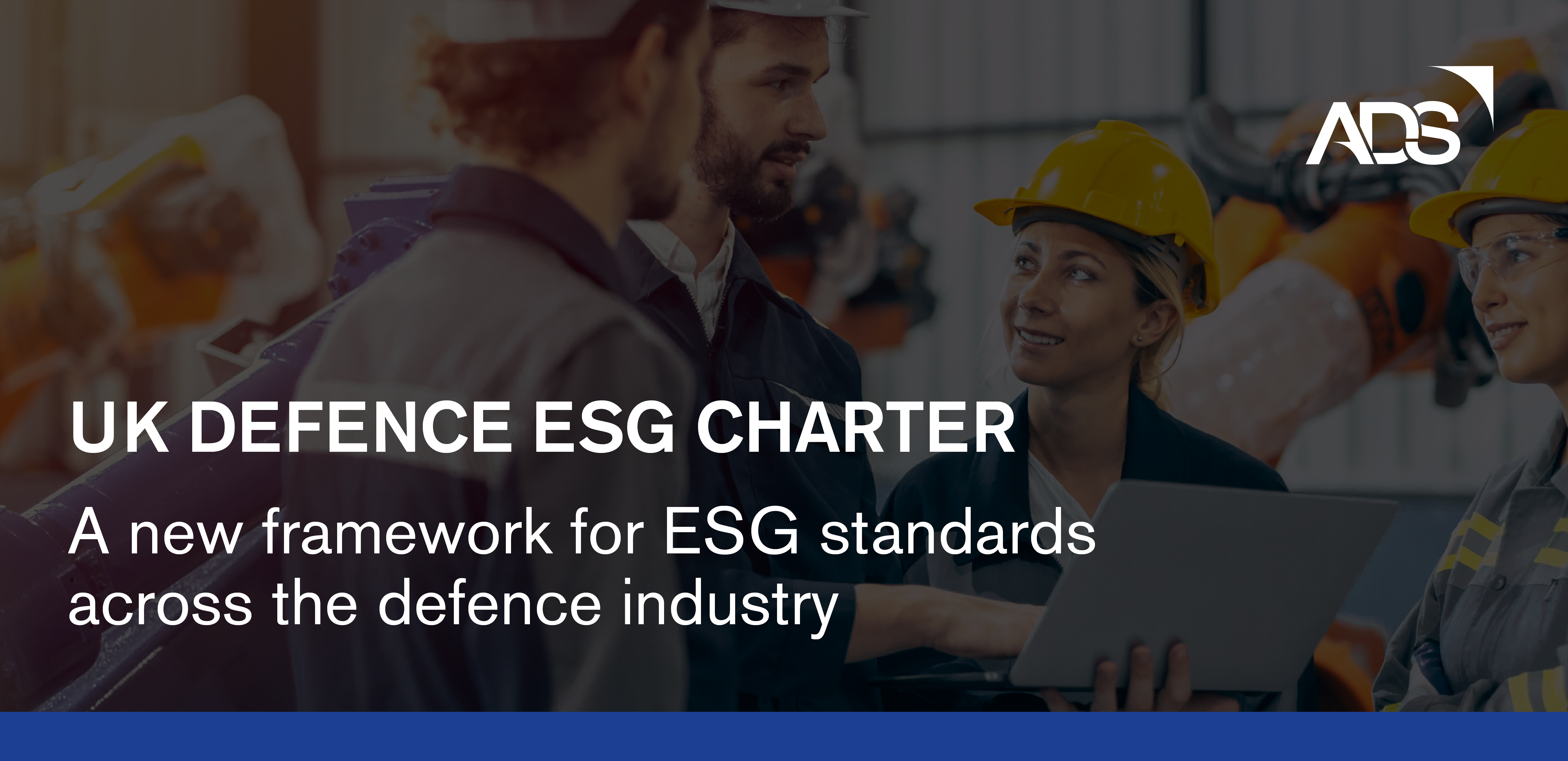ECHA and EASA have this week released a report outlining the impact of the REACH authorisation process on aviation industry.
Developed in consultation with industry, the report highlights how the authorisation process of EU’s REACH directive (Registration, Evaluation, Restriction and Authorisation of Chemicals) is considered ‘mission critical’ for the aerospace industry. The complexities of the manufacturing supply chain and the stringent airworthiness regulations which industry must adhere to, means that failure to achieve authorisation or develop suitable and qualified alternative chemicals could cause both economic and safety implications.
Report Highlights:
- The Aerospace industry relies significantly on a small number of Substances of Very High Concern (SVHC), which are listed in Annex XIV (list for authorisation). This level of reliance means the REACH process will have a direct effect on the ability for industry to effectively function.
- Effective engagement throughout the supply chain is vital. Applications for authorisation should extend across industry, but focus on a top down approach – from manufacturers, to importers and formulators. If only OEMs seek to apply for authorisation, some critical sections of the supply chain may not be made fully aware.
- The implications of substances listed in Annex XIV not being made available for use in industry could be significant. If certain manufacturing chemicals are not allowed to be imported or used in the production process this could result in the grounding of aircraft. In addition, this could also cause the relocation of entire maintenance and manufacturing facilities outside of the EU, where use of certain chemicals would still be permitted.
- Development of alternative chemicals to replace those listed in Annex XIV requires greater R&D focus, but the regulatory system requires careful consideration of new components and materials. EASA’s qualification and certification process can take up to 3-5 years due to the strong approach to safety. However, even if an alternative is developed, it would take several years to enter mass production. Alongside this, new chemicals would not be able to be used on legacy aircraft – of which there are thousands currently in use.
- The report concludes that despite the development of this document and increased engagement, there is no guarantee that the authorisations industry requires will be granted.
The EU and industry are continuing to work closely together on REACH, due to both the implications of non-use and complexities of the regulatory environment in which aviation and aerospace operates. One of the key areas of focus will be on improving supply chain communication to outline the implications of potential restrictions, and developing a greater understanding of how and why certain substances are used in Aerospace so that either restrictions or new alternatives can be managed effectively in the future.





